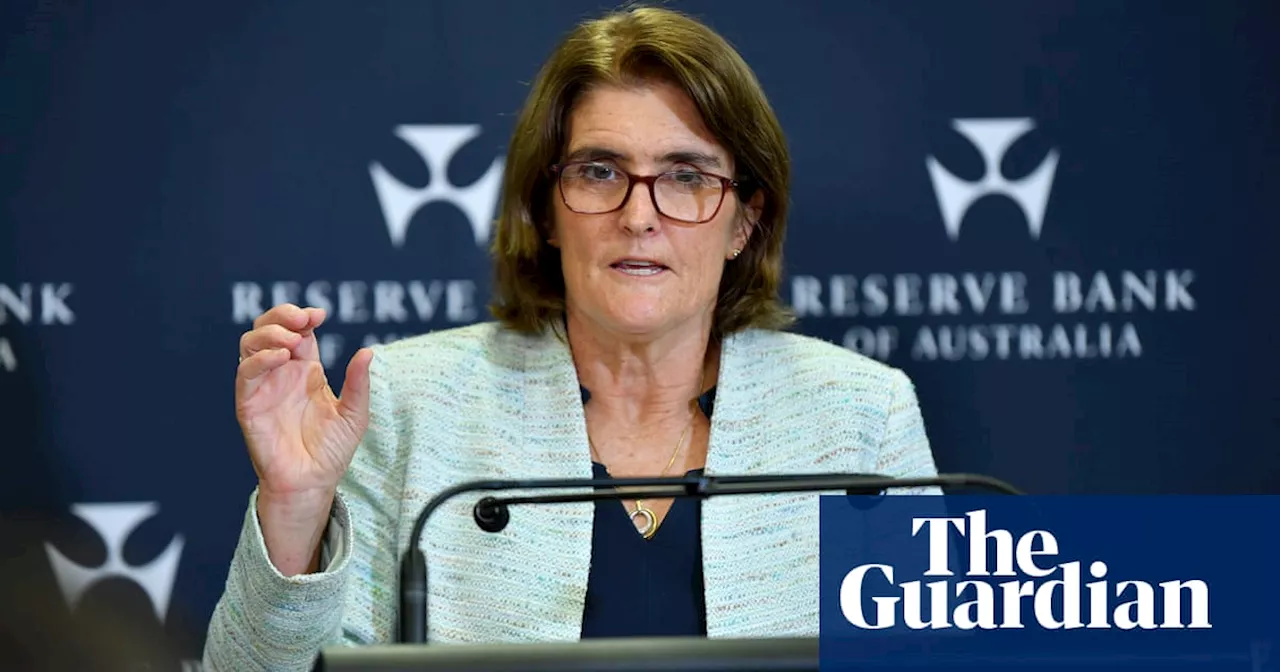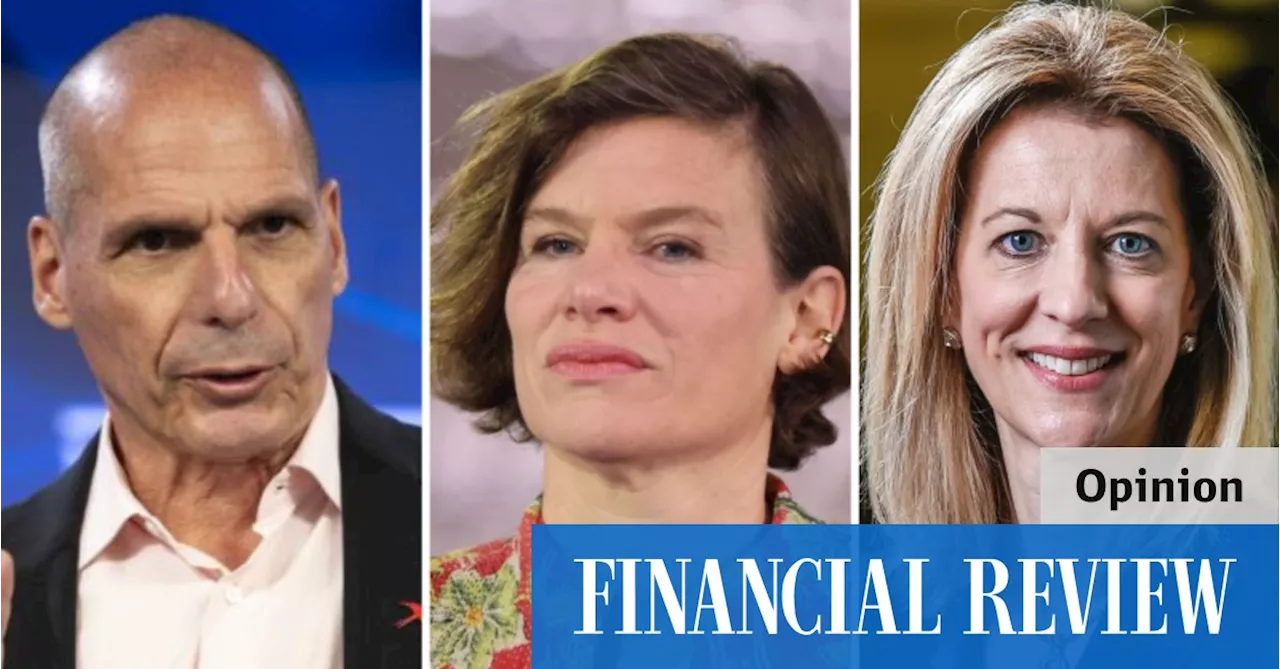Economists are questioning whether official reports offer an accurate guide to the labour market.
| Employment figures are being closely watched by central bankers around the world as they try to work out when to cut interest rates this year. There is just one problem: the data might be dodgy.
The discrepancies have left rate-setters and economists struggling to gauge whether the country’s hot labour market has cooled enough to begin considering cutting rates. A slowdown would alleviate concerns that sharp wage growth could spark a fresh rise in inflation.“At this point, everyone sees the first NFP number and thinks, ‘Oh, yeah, that’ll be revised down’,” said Jason Furman, a professor at Harvard University.
The ONS is still warning users to treat the patchy data it is now releasing with extreme caution — complicating decisions on policies such as the minimum wage as well as on interest rates, and making it harder for local and national policymakers to plan services.
She added that the decline accelerated during the pandemic as household and business patterns changed, and that it had been exacerbated by an increasing use of caller ID with a distrust of unknown callers.In the UK, Sam Beckett, chief economic adviser to the Treasury, told the House of Lords economic affairs committee last month: “People are less and less willing to participate in these long door-to-door surveys, so it has created a problem with the quality of the statistics.
France, which overhauled its labour force survey in 2021, has found this legal requirement to be impossible to enforce — and the penalty of €38 for non-compliance is unlikely to deter those who would rather not reply. However, Ms Lievesley acknowledged that outdated IT systems and privacy concerns complicated the task — and agencies admitted that polls may still be the only way of answering some really important questions.
Australia Latest News, Australia Headlines
Similar News:You can also read news stories similar to this one that we have collected from other news sources.
 Academic economists predict longer high interest rates for the Federal ReserveAcademic economists polled by the FT-Chicago Booth survey suggest that the Federal Reserve will be forced to hold interest rates at a high level for longer than expected. The survey indicates that the Fed may make two or fewer cuts this year, with the first cut expected between July and September. This is later than what financial markets anticipate, as traders expect three cuts this year. The Fed's current forecast also predicts three cuts in 2024. Investors may need to adjust their expectations on easing from the Fed.
Academic economists predict longer high interest rates for the Federal ReserveAcademic economists polled by the FT-Chicago Booth survey suggest that the Federal Reserve will be forced to hold interest rates at a high level for longer than expected. The survey indicates that the Fed may make two or fewer cuts this year, with the first cut expected between July and September. This is later than what financial markets anticipate, as traders expect three cuts this year. The Fed's current forecast also predicts three cuts in 2024. Investors may need to adjust their expectations on easing from the Fed.
Read more »
 Reserve Bank tipped to hold interest rate but economists split on when cuts will startPundits and investors expect the RBA to leave its cash rate unchanged at 4.35% when the board meets on Tuesday
Reserve Bank tipped to hold interest rate but economists split on when cuts will startPundits and investors expect the RBA to leave its cash rate unchanged at 4.35% when the board meets on Tuesday
Read more »
 Rock star economists are prophets with nothing to sayThis week’s sharpest economic analysis came not from left-leaning economists on tour in Australia, but from BlackRock global strategist Wei Li at The Australian Financial Review Business Summit.
Rock star economists are prophets with nothing to sayThis week’s sharpest economic analysis came not from left-leaning economists on tour in Australia, but from BlackRock global strategist Wei Li at The Australian Financial Review Business Summit.
Read more »
 German living standards plummeted after Russia invaded Ukraine, say economistsEnergy price shocks had huge knock-on effect, with real wages falling further in 2022 than in any year since 1950, says report
German living standards plummeted after Russia invaded Ukraine, say economistsEnergy price shocks had huge knock-on effect, with real wages falling further in 2022 than in any year since 1950, says report
Read more »
 RBA rates decision: interest rate unchanged for third meeting in a row as Australian borrowers granted reprieveCash rate held steady at 12-year high of 4.35% in move widely expected by economists
RBA rates decision: interest rate unchanged for third meeting in a row as Australian borrowers granted reprieveCash rate held steady at 12-year high of 4.35% in move widely expected by economists
Read more »
 JPMorgan’s Jamie Dimon on the 2024 US election, interest rates and market bubblesMarkets and central banks appear certain a soft landing is coming, but Jamie Dimon is more cautious. He sees a world of risk, including from a US election he believes will be a “circus”.
JPMorgan’s Jamie Dimon on the 2024 US election, interest rates and market bubblesMarkets and central banks appear certain a soft landing is coming, but Jamie Dimon is more cautious. He sees a world of risk, including from a US election he believes will be a “circus”.
Read more »
